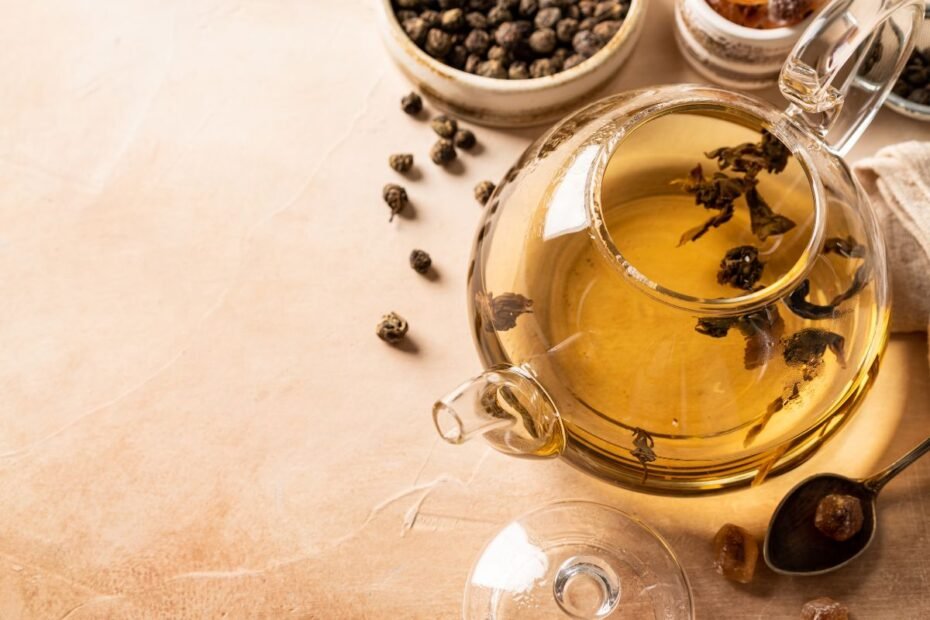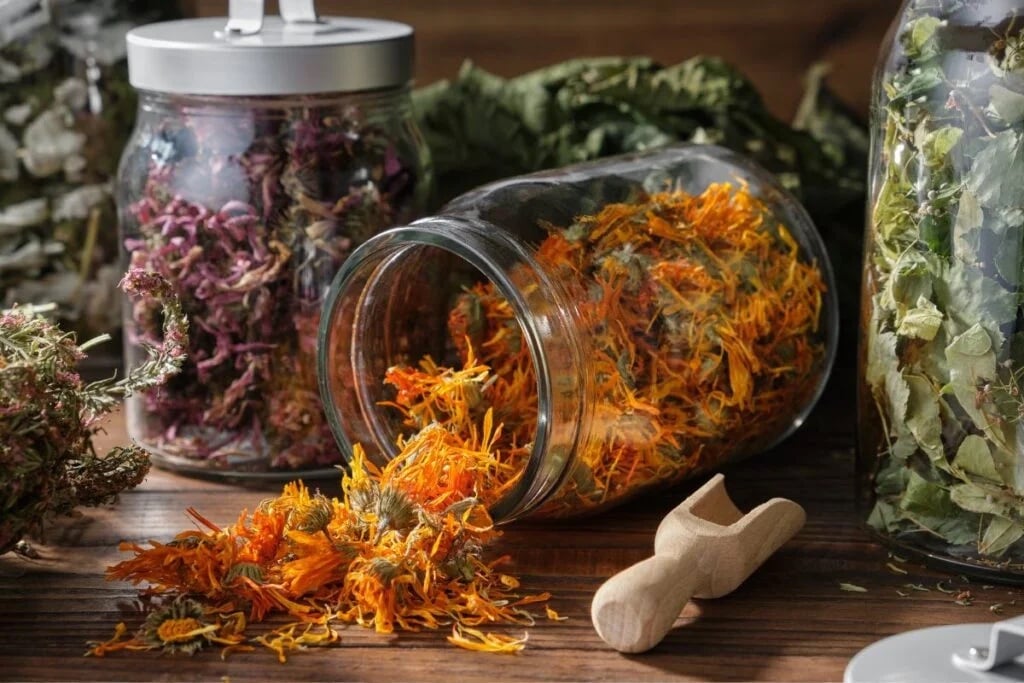Oolong tea is made from the leaves of the Camellia sinensis tea tree. Oolong occupies a middle position between traditional black and green tea. It represents the true mastery of tea processing. The tea’s appearance, body, and taste can vary greatly depending on the region where it is grown and how it is processed. Oolong tea accounts for only about 2% of the tea produced and consumed worldwide. Although it is inferior to other teas in popularity, it is well worth discovering, as it surpasses other teas in terms of flavor variation. Let’s find oolong tea benefits.
Oolong: The ‘Black Dragon’
Oolong is a traditional Chinese tea. Translated literally, oolong means ‘black dragon.’ There are several versions of the origin of this name. The inique name describes the distinctive shape of the leaves. They change the form when water is poured over them. Others believe that the name is due to the black snakes that wrap themselves around the branches of the tea plant.
However, the oolong tea species was discovered in Taiwan. Taiwan people produce premium-quality oolong tea. The best Taiwanese oolong is traditionally less oxidized (between 10% and 40%), resulting in a greener color and lighter flavor than Chinese oolong.
Although traditional oolong tea associates with Taiwan and China. But you can find a production of oolong in India, Sri Lanka, Japan, Thailand, and New Zealand.
The Variety of Flavors of Oolong Teas
Oolong tea differs from country, or even from one farm to another. This characteristic of oolong is illustratively compared to French wine. The variations in flavor are very different depending on the variety of raw materials, the growing conditions, and the production method. Some tea trees grow in remote, mist-covered mountains, while others thrive in temperate, bamboo-covered foothills. Some producers harvest in the spring to give the tea a floral and herbal flavor. While others harvest in winter, it presents rich forest notes.
In general terms, oolong is a partially oxidized tea. However, the oxidation in oolong leaves can range from 8% to 80%. Oolong tea may have more of the characteristics of black tea (for example, Darjeeling tea) or more of the characteristics of green tea, depending on the processing method chosen by the producer.

How to Make Oolong Tea
The process of making oolong tea traditionally consists of eight steps:
- Wilting. Laid-out plucked leaves in the sun to dry and they become softer and more pliable.
- Cooling. The curled tea leaves shrink and begin to rot as they cool.
- Rolling. Once the leaves start to twist, you need to roll them lightly. This action breaks down the cell walls of the tea, allowing oxygen to reach a larger surface area. The leaves then begin to oxidize.
- Oxidation. The duration of this process determines the color and taste of the oolong tea. Oolong tea oxidizes between 8 and 80 percent. Less oxidized tea will be more relative to green. The more oxidized will be comparable to black tea.
- Roasting. The next step is to roast the oxidized tea leaves. This produces a unique tea flavor.
- Final shaping. At this stage, the oolong tea leaves take on their final appearance as a product. It depends on the choice and skill of the producer. Oolong tea is usually in the form of fluffy balls or curls.
- Drying. People can store and transport it for a long time. If the tea has any moisture left, it will rot and deteriorate.
- Hand sorting. Finally, the tea leaves are sorted according to shape, size, and color. The oolong tea packs are formed from the leaves that meet the chosen standard.
Composition And Health Benefits of Oolong Tea
Oolong tea benefits combines the properties of black and green tea. Due to the slightly different production methods, oolong beverage also brings these properties differently.
A cup of oolong drink contains small amounts of calcium, magnesium, and potassium. Antioxidant polyphenols (theaflavins, thearubigins, and catechins) in this tea strengthen immunity and fight free radical damage to the body. Oolong tea contains L-theanine, an amino acid. These substances positively affect relaxation and cognitive function.
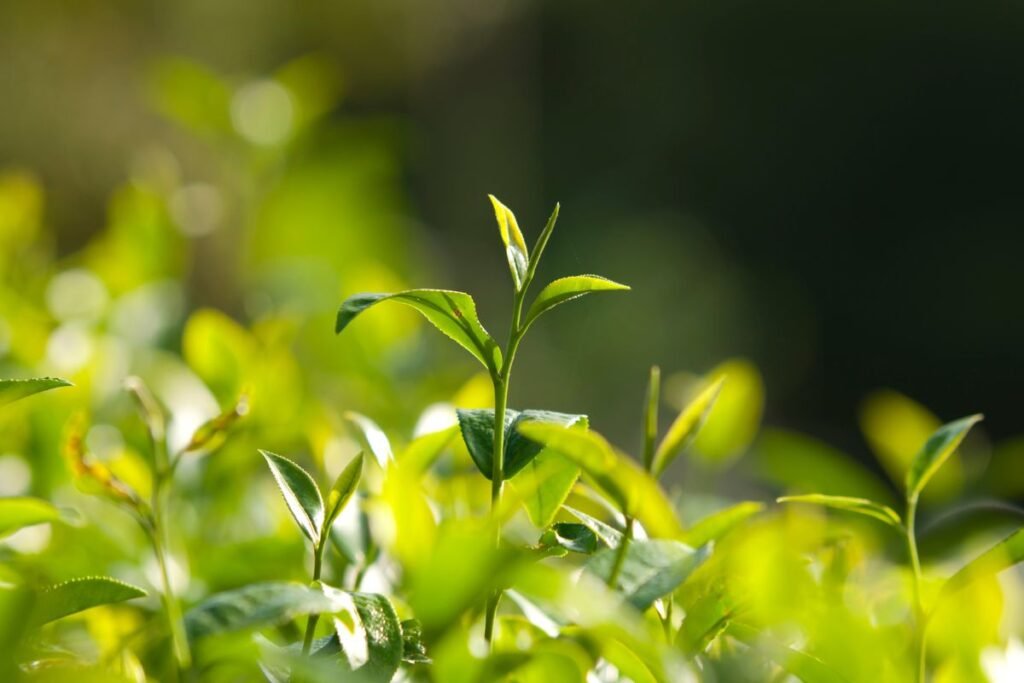
Oolong Tea Benefits
Scientists are studying the effects of oolong tea benefits on the body. So far, there are limited findings on the effectiveness of oolong for specific body conditions. But the overall positive effects of the tea are not in doubt.
- Consumption of oolong tea can help relieve stress and relaxation.
- This drink can help regulate metabolism and aid weight loss.
- Oolong tea can maintain blood sugar levels, which helps to reduce the risk of type 2 diabetes. However, the scientific evidence on this issue is still controversial and requires more research.
- Consumption of oolong tea may help reduce the risk of heart disease, stroke, and high blood pressure. However, scientists have not yet definitively confirmed these benefits of oolong tea.
- The drink may help increase bone mineral density and strengthen tooth enamel. Studies have shown that people had a 2% higher total bone mineral density, because of drinking black, green, or oolong tea daily for 10 years. There is also a proven link between tea consumption and better dental health.
- It can help relieve symptoms of eczema. A 2001 study involved 118 people with severe cases of eczema. The subjects drank 1 liter of oolong tea daily in addition to their usual treatment. After a month, they showed a “significant to moderate” improvement, with signs of improvement already visible after 1-2 weeks.
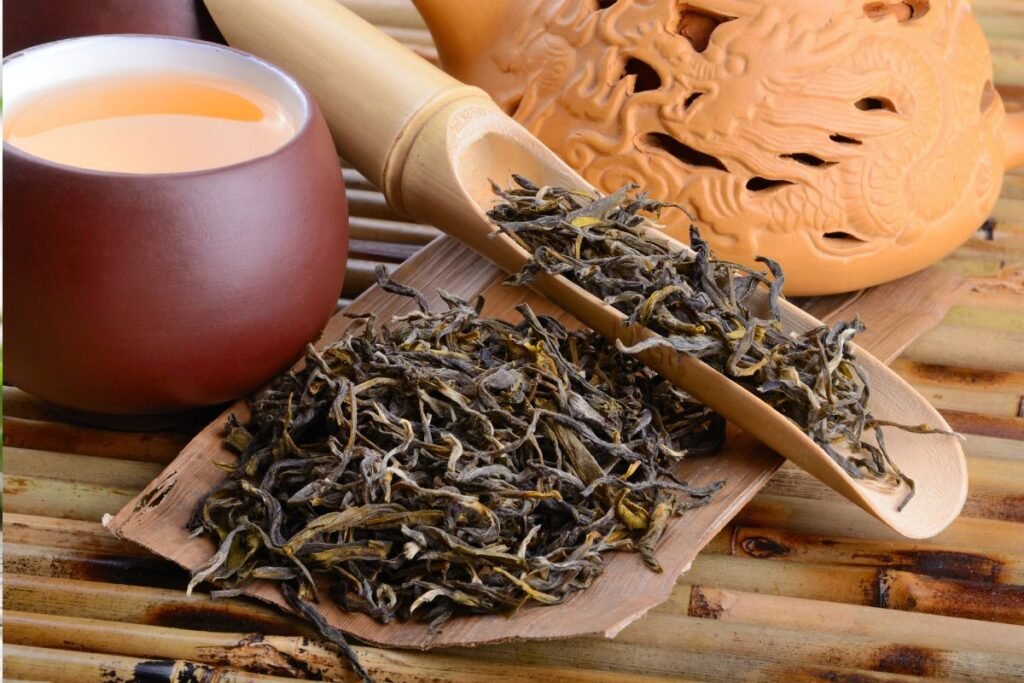
Caffeine in Oolong Tea
People believe that the caffeine content of oolong tea is higher than in green tea but lower than in black tea. However, it all depends on how you make the oolong tea and the degree of oxidation. Less-oxidized oolong tea will have a lower caffeine content. And more oxidized tea has a higher caffeine content.
The caffeine content of a cup of oolong can vary. It depends on how much raw tea you use and how long you leave it steep.
Typically a cup of oolong drink may contain around 38 mg of caffeine.
The authorities responsible for food safety (the United States Department of Agriculture and the European Food Safety Authority) recommend a safe daily caffeine intake. This is about 400 mg of caffeine per day. It is equivalent to approximately 1.4–2.4 liters of oolong tea. Measured in standard cups, this would correspond to 6–10 cups of oolong tea.
However, this is by no means a rule. You should consume oolong beverage in moderation rather than at its maximum. Especially if you consume other caffeinated products alongside oolong tea during the day, there is a risk of caffeine overdose.
Preparation of Oolong Tea
Depending on the technique used to process the oolong tea, the flavor can range from light to intense, from sweet and floral to astringent and rich. The color of the brewed tea can also vary from green or golden to brown.
Different water temperatures and steeping times are used to prepare oolong teas with different levels of oxidation. The less oxidized the tea, the more suitable it is for plucking in boiled and barely cooled water. It is also advisable not to soak the oolong, as the flavor of the tea may be distorted. High-quality oolong can be split 3–5 times. Each time, a different flavor will emerge.
The general recommendation for oolong tea preparation is:
Place one teaspoon (2 g) of oolong tea leaves in a cup and cover them with water at about 90 °C. Leave the cup covered for 3 minutes to allow the tea to release its flavor and aroma.
Oolong is not recommended to be drunk with additives such as milk. Additives can spoil the distinctive and delicate flavor of the tea.
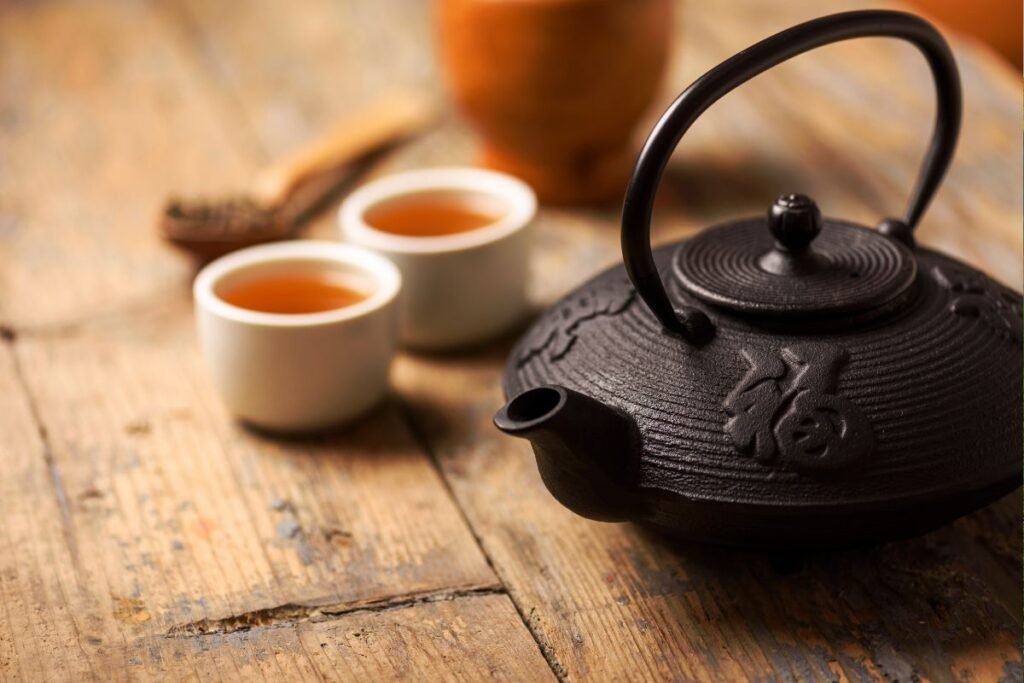
Iced Oolong Tea
Ingredients:
- 4 teaspoons of oolong tea
- 750 ml of filtered cold water.
Put the tea leaves in a screw-top bottle and fill them with cold, filtered water. Cap the bottle and leave it to infuse at room temperature for 1 hour. Then refrigerate the bottle and keep it for at least 12 hours, but ideally overnight. Shake the tea before drinking and pour it into a glass with ice cubes. However, you can take the bottle and drink directly from it.
Cold-brewed oolong drink has fewer tannins, less caffeine, and a sweeter taste.
Milky or Milk Oolong
Milky, or milk oolong, is a distinctive Taiwanese tea with a creamy taste and texture. It is a widely popular type of oolong tea because of its pleasant, mild flavor and aroma. You can find other milk names, such as ‘Silk ulong’, ‘Jin Xuan’, ‘Nai Xiang’, or ‘Golden Lily’.
The word ‘milk’ does not imply the using milk in this tea. The tea of the milk oolong does not contain any milk products. If you see the word ‘milk‘ in the ingredients on the packaging of milk oolong, you are dealing with a fake milk oolong. Often, lower-quality products use various flavorings to help create the aroma and taste of milk oolong.
How Milk Oolong is Made
Milk oolong tea is made from the leaves of a tea tree grown at medium to high altitudes in the mountains of Taiwan. People harvest it in spring and autumn. The milk oolong tea has ligh oxidation and roasting. It creates a delicate floral aroma, creamy taste, and texture. The leaves of the milk plant have a rich green color, similar to green tea, and a distinctive, spherical shape.
The plucked tea leaves are first spread on mats and dried. Once dry, you need to tosse lightly and knead the leaves to break down their inner cells and stimulate oxidation. The leaves oxidize at a controlled temperature until they acquire the desired flavor and aroma. At the end of the oxidation process, roast the leaves to remove the excess moisture and extract the delicate flavor. after that the treated leaves are ready to roll into irregularly shaped balls.
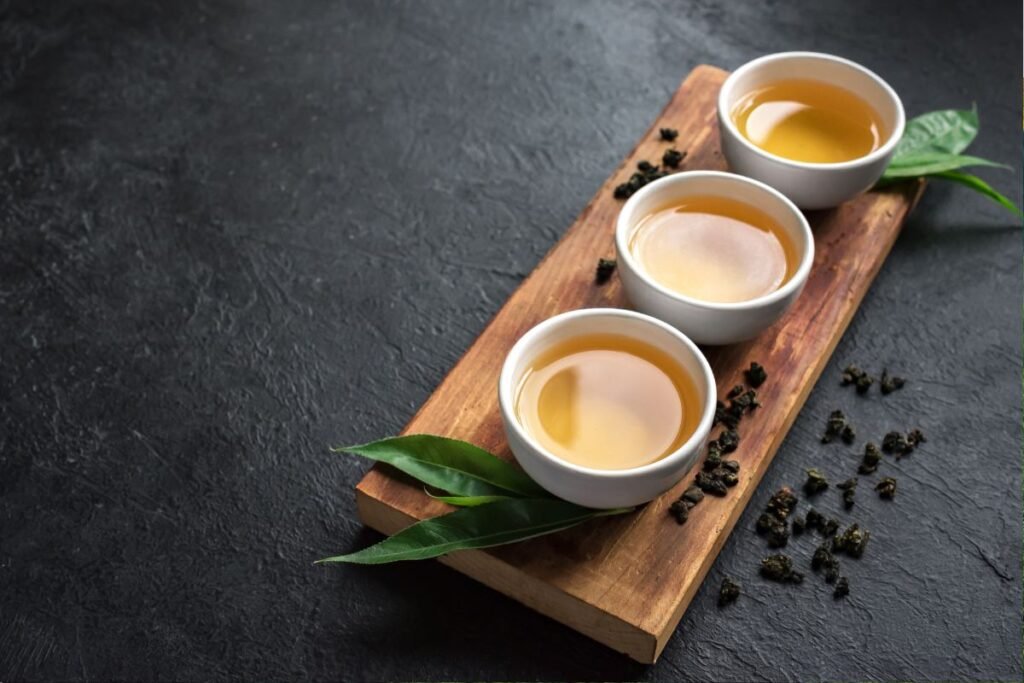
Preparation of Milk Oolong
You need:
- 1-2 teaspoons of milk thistle tea,
- 1 cup (approx. 240 ml) of water.
Place the tea in a cup and cover it with boiling water. Leave the cup covered for 1-2 minutes and enjoy the delicious tea.
You can brew the milk thistle tea several times. If the tea is of good quality, it will retain its flavor and texture even after a few splashes. With each brew, the leaves will unfurl more and more.
Side Effects of Oolong Tea
Oolong drinks have been used for centuries and are generally considered safe. However, it contains caffeine, which can cause adverse effects. The most common side effects of caffeine occur when people consume it too much. This can lead to anxiety, headaches, heart rhythm disturbances, high blood pressure, and insomnia.
If you need to monitor your caffeine intake, drink oolongo beverages more responsibly or avoid it.
Pregnant women should limit the use of oolong drinks. During pregnancy, women should consume a maximum of 200 mg of caffeine per day.
Sources:
https://www.healthline.com/nutrition/oolong-tea-benefits
https://www.teatulia.com/tea-varieties/what-is-oolong-tea.htm
https://fullleafteacompany.com/pages/what-is-oolong-tea-health-benefits-characteristics-prep
https://tecompanytea.com/blogs/tea-atelier/what-is-milk-oolong-tea
Associative photos from © Canva.
